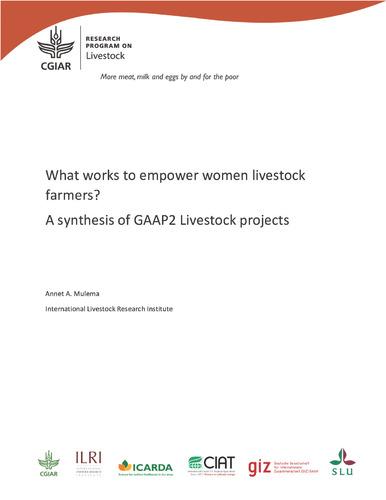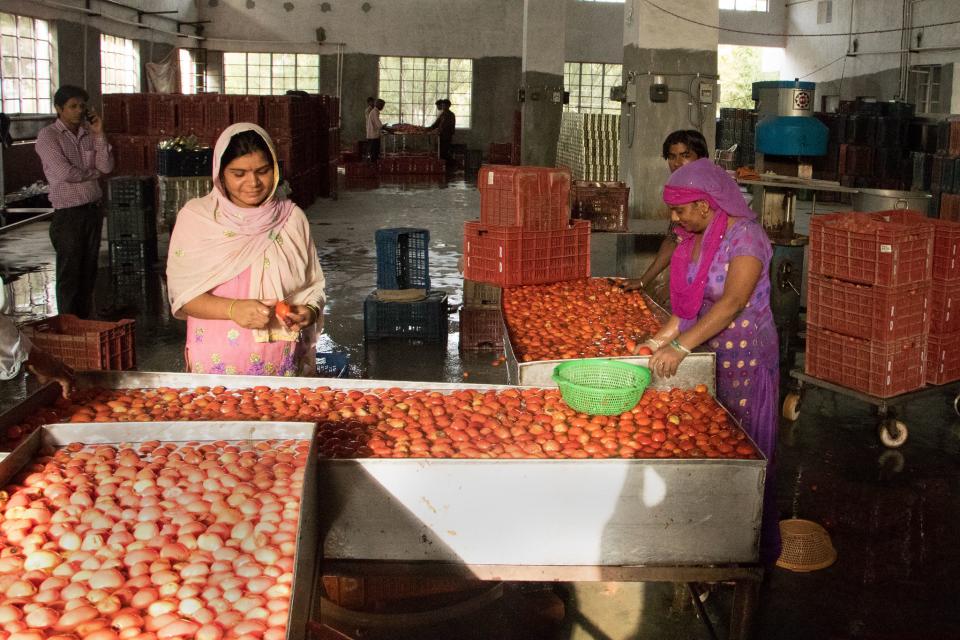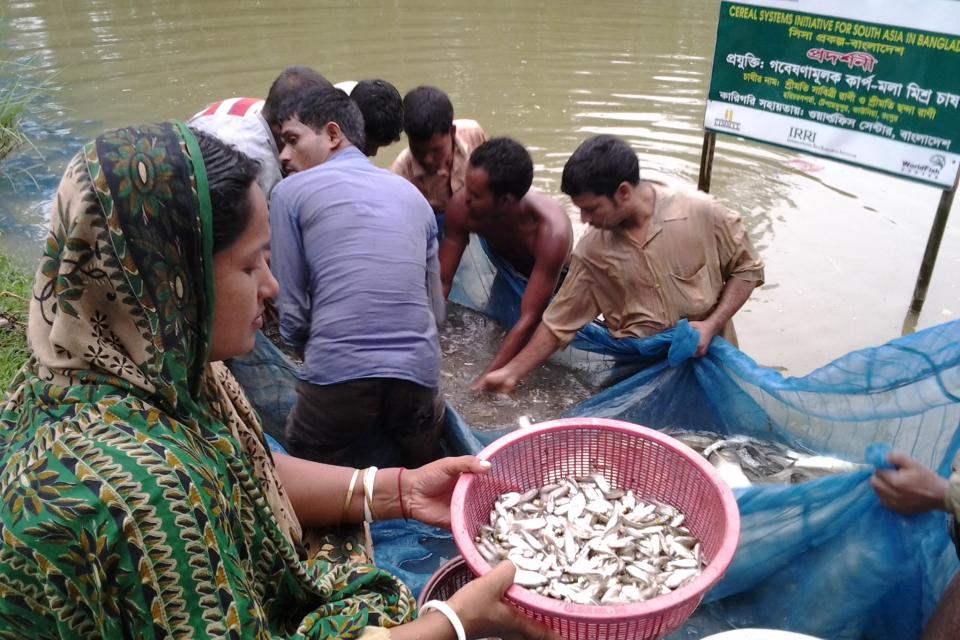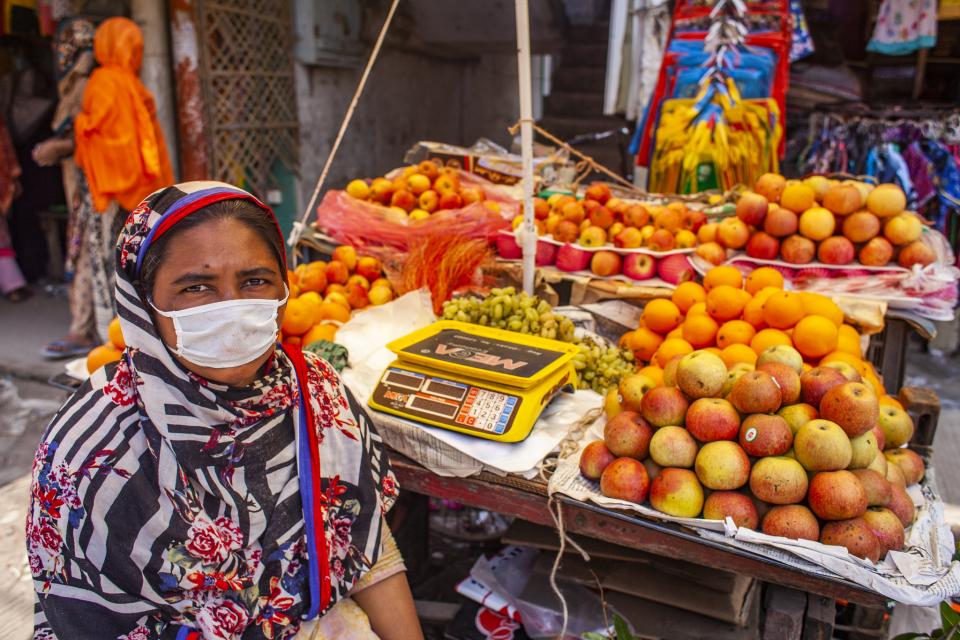Gender, Agriculture & Assets Project (GAAP) toolkit: Collecting and analyzing mixed-methods data
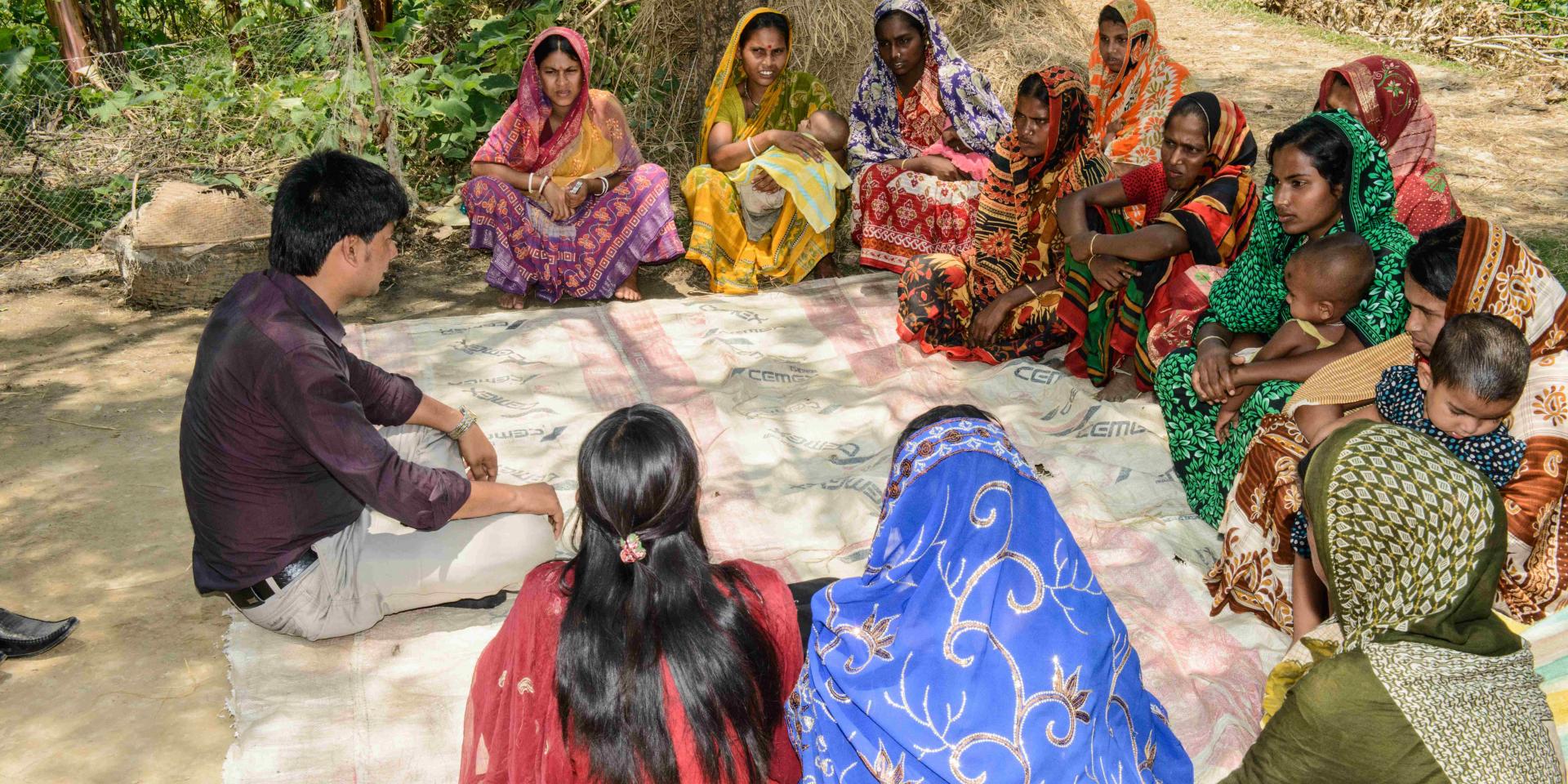
Photo: Finn Thilsted/WorldFish.
This toolkit helps researchers collect and analyze mixed methods data about gender and household assets and control.
Why is the toolkit important?
Control over and ownership of assets are a critical component for well-being of individuals and households. However, much evidence contradicts the common assumption that households are groups of individuals who have the same preferences and fully pool their resources.
To understand women and men’s asset ownership and control, we need detailed gender-disaggregated information on assets.
This requires combined qualitative and quantitative research to gain a better understanding of the conditions of poverty and women’s disempowerment, validate the different domains of the project-level WEAI, and understand the links between interventions and women’s empowerment outcomes.
Who is the toolkit for?
This toolkit helps researchers and practitioners who want information on why or how to collect and analyze mixed methods data about gender and assets.
Regions of focus: South Asia and sub-Saharan Africa
How can I use the toolkit?
This toolkit will guide project researchers on the types of qualitative research to do and ensure comparability across projects.
It includes the following adaptable, customizable research instruments:
- community profile
- seasonality patterns
- focus group: Local understanding of empowerment
- semi-structured interview: life histories
- key informant interview: market traders
- key informant interview: project staff
- when and how was it developed
The toolkit includes these sections:
- overview of key questions and concepts related to gender and assets
- important principles for measuring the gender-asset gap in quantitative and qualitative data collection (highlighting tools, best practices and approaches, and pros and cons of each method)
- summary of best practices (from the experience of project partners in GAAP) and overarching recommendations about gender asset data collection
- list of resources for collection of gender and assets data, case studies from each of the GAAP partner projects and from previous work on gender and assets, and a guide for how to integrate gender into standard household surveys
When and how was it developed?
The Gender, Agriculture, and Assets Project (GAAP), led by the International Food Policy Research Institute (IFPRI) and the International Livestock Research Institute (ILRI), developed the toolkit in 2012.
It draws from firsthand insights (opportunities and challenges) from previous research projects and the recently-completed GAAP case studies. The project is now in its second phase: GAAP2.
Where can I get the tool? Who can I contact?
You can download the toolkit here [1.14 MB].
Julia Behrman
Gender, Agriculture, & Assets Project. 2014. A Toolkit on Collecting Gender & Assets Data in Qualitative & Quantitative Program Evaluations. Washington, DC: International Food Policy Research Institute and International Livestock Research Institute.
Tools, methods, manuals
Publications
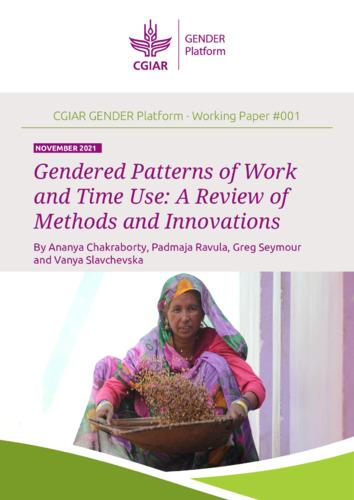
Gendered patterns of work and time use: A review of methods and innovations. CGIAR GENDER Platform working paper 001.
GAAP gender and assets toolkit
